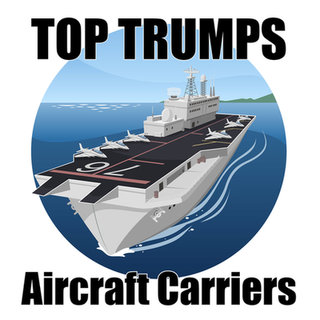
The Royal Navy’s aircraft carrier HMS Prince of Wales departed Portsmouth mid-January having taken over the role of the command ship NATO’s maritime high-readiness force. We examine how one of the most powerful surface warships ever constructed in the UK compares with the world’s other largest aircraft carriers.
land
Top Trumps: Aircraft Carriers
The Royal Navy’s aircraft carrier HMS Prince of Wales departed Portsmouth mid-January having taken over the role of the command ship NATO’s maritime high-readiness force. We examine how one of the most powerful surface warships ever constructed in the UK compares with the world’s other largest aircraft carriers.
US Navy leads by a length
USS Gerald R Ford, US
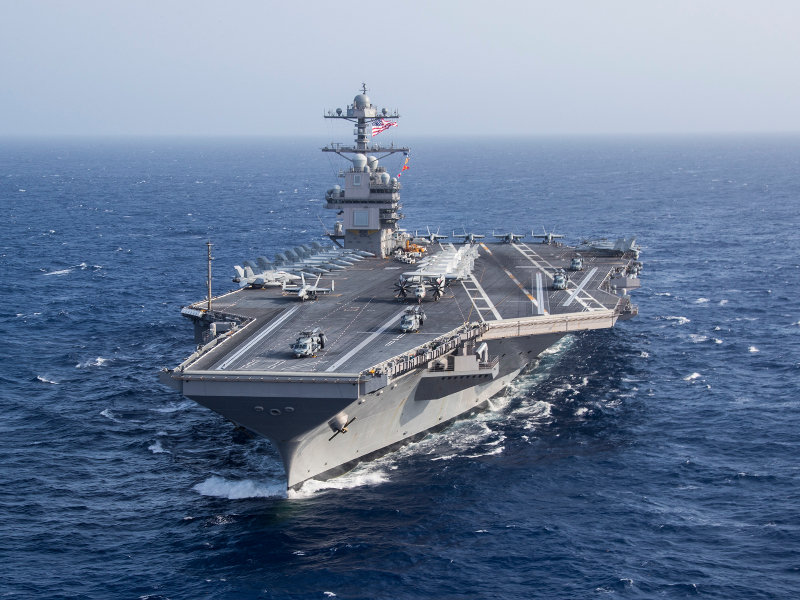
// Image credits: US Navy photo by Mass Comm. Specialist 2nd Class Ruben Reed/Released
Length
337 m
Displacement
Approx. 100,000t
Aircraft capacity
75
Personnel
4,539
Speed
30 kt
TOP TRUMPS FILE
The world’s biggest aircraft carrier belongs to the US Navy. The first in the class, USS Gerald R. Ford, was commissioned in May 2017. This class brings improved warfighting capability and quality of life improvements for sailors, and it had reduced total ownership costs compared with the Nimitz-class.
USS Nimitz, US
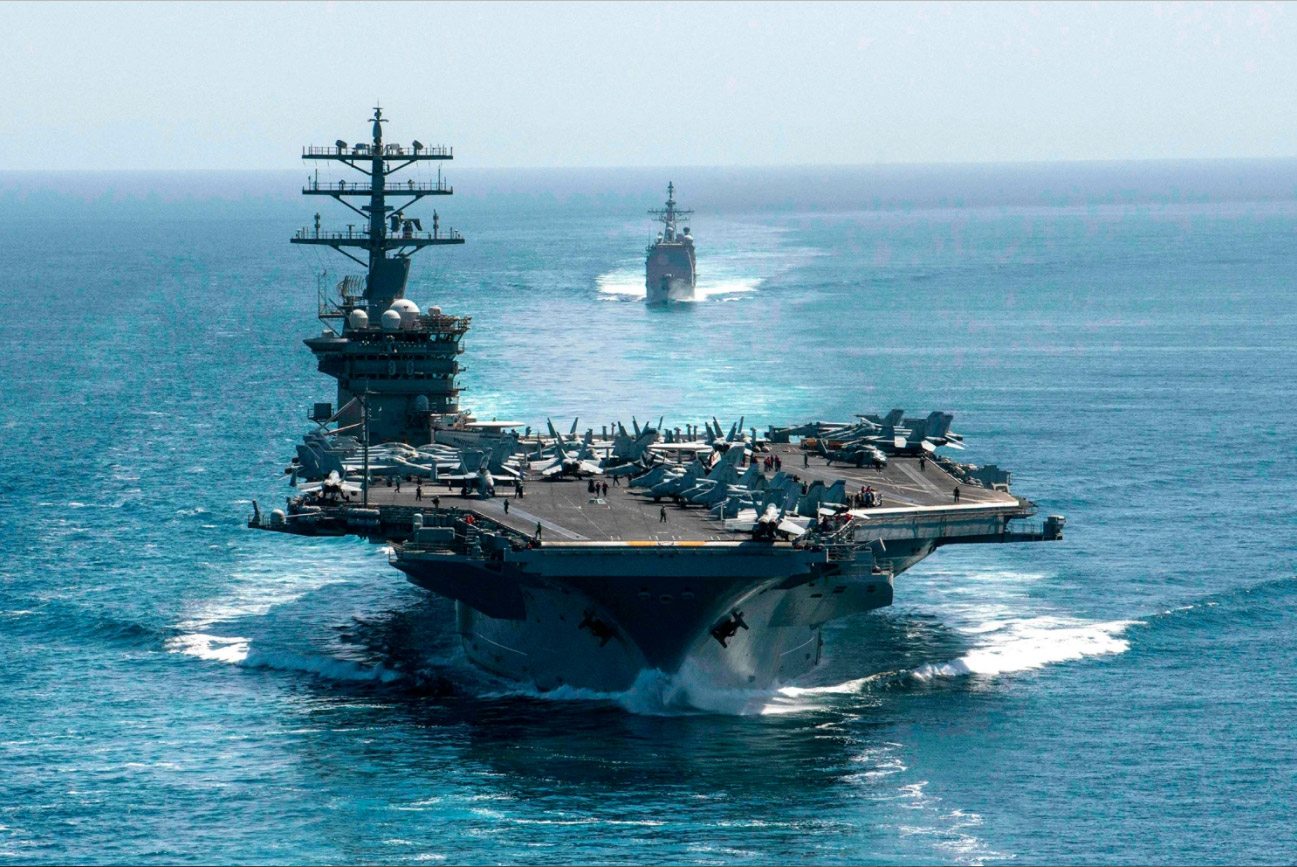
// Image credits: Getty Images
Length
332.8 m
Displacement
Approx. 97,000 t
Aircraft capacity
60
Personnel
4,539
Speed
30 kt
TOP TRUMPS FILE
The US Navy has ten Nimitz class nuclear-powered aircraft carriers, and they are the second-largest carriers in the world. They are named after the World War II US Pacific Fleet commander Fleet Admiral Chester W. Nimitz. The USS Nimitz is the lead ship and was launched in May 1975 with the last vessel being commissioned in January 2009. The USS Nimitz is now the oldest American aircraft carrier in active service.
Huge props to Royal Navy
HMS Queen Elizabeth, UK
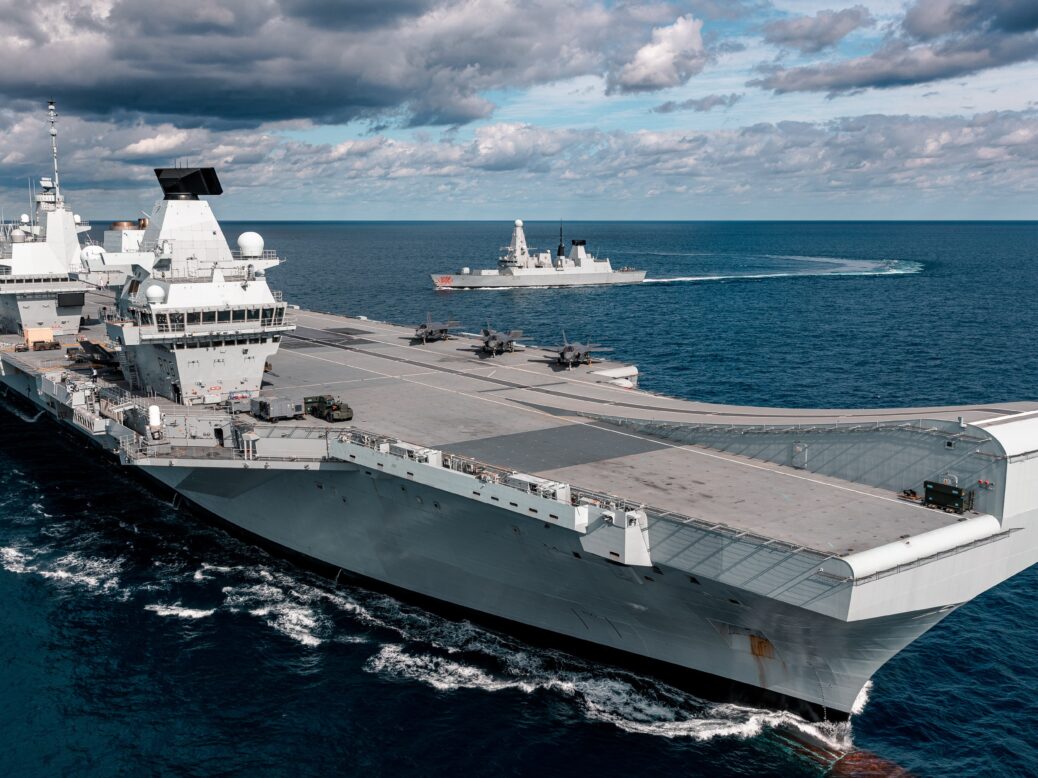
// Image credits: Royal Navy / Crown Copyright
Length
280 m
Displacement
Approx. 65,000t
Aircraft capacity
40
Personnel
1,600
Speed
25 kt
TOP TRUMPS FILE
The Royal Navy commissioned HMS Queen Elizabeth in December 2017. The world’s third largest aircraft carrier is also the world second largest non-US Navy warship after the Japanese Yamato-class battleships. The ship’s two propellers weigh 33 tonnes each. The powerplant behind them generates enough power to run 1,000 family cars.
Chinese carriers advancing the PLAN
Liaoning, China
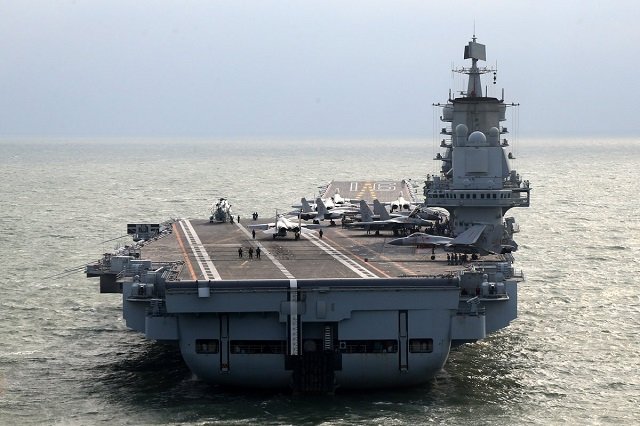
Credit: PLAN
Length
304.5 m
Displacement (full load)
Approx. 58,000t
Aircraft capacity
50
Personnel
2,626
Speed
32 kt
TOP TRUMPS FILE
The People’s Liberation Army Navy (PLAN) type 001 aircraft carrier was initially planned as the second Kuznetsov-class aircraft for the Soviet Navy, but China purchased the ship after the collapse of the Soviet Union in 1991. The Liaoning was rebuilt and commissioned in 2012 and currently operates as a training vessel.
Shandong, China
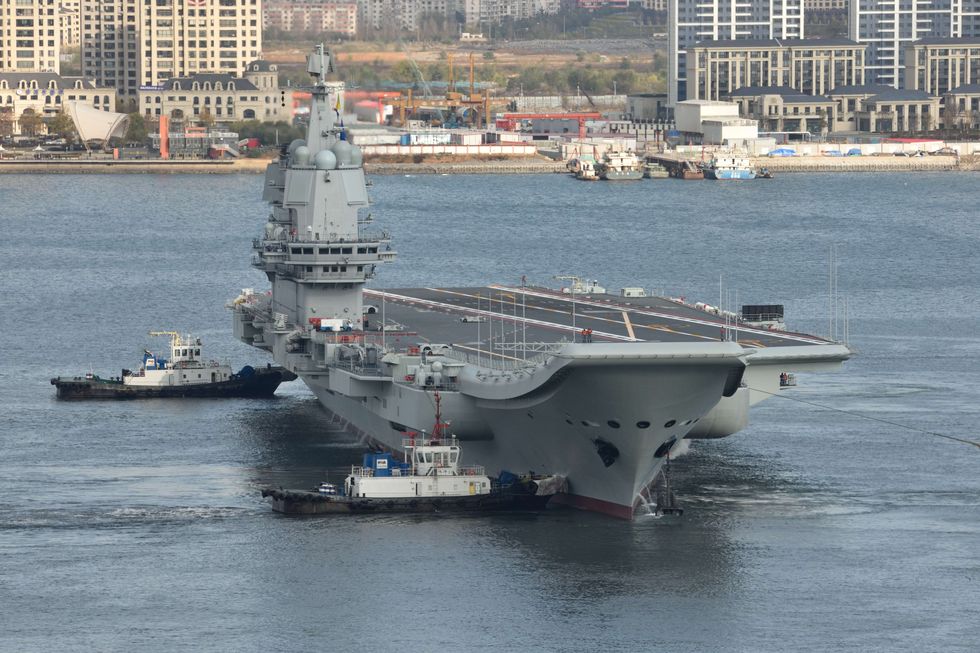
Credit: Getty Images
Length
305 m
Displacement (full load)
Approx. 70,000
Aircraft capacity
44
Personnel
unknown
Speed
31 kt
TOP TRUMPS FILE
The Type 002 (previously Type 001A) aircraft was built by China and features several notable upgrades, including a new radar system and a larger airwing. Although the PLAN still has a lot of work to do to close the technology gap with other nations that operate aircraft carriers, the Shandong is a significant push in advancing the PLAN’s capabilities.
Russia's carrier returning to service
Admiral Kuznetsov, Russia
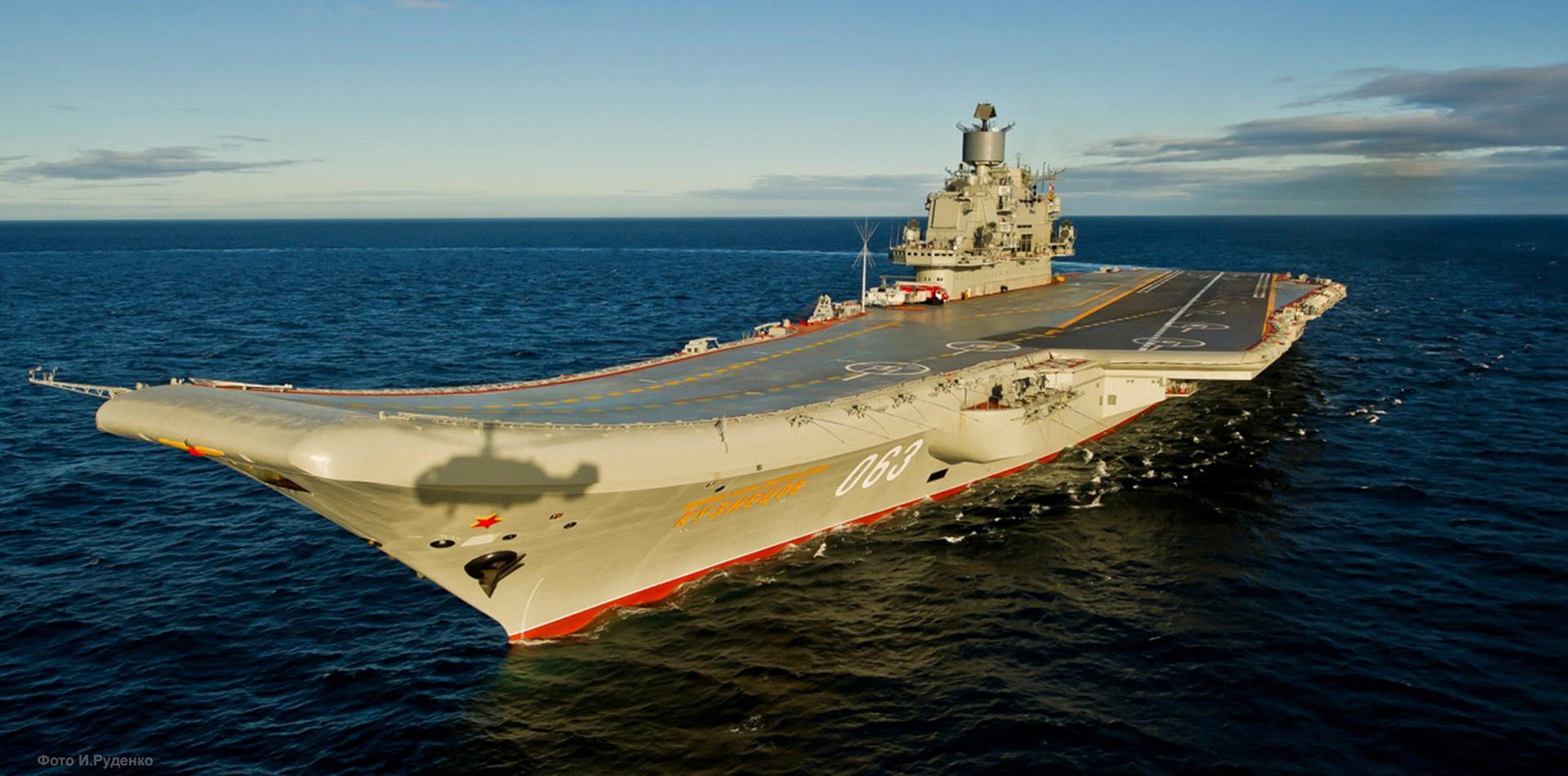
Credit: Wikimedia
Length
305 m
Displacement (full load)
Approx. 58,500t
Aircraft capacity
33 fixed-wing + 12 helicopters
Personnel
unknown
Speed
29 kt
TOP TRUMPS FILE
The flagship of the Russian Navy is a multi-role, heavily-armed ship that can operate as an aircraft carrier while being equipped with enough armament to make it extraordinarily lethal. The vessel has been out of service since the summer of 2021 due to damage caused by a falling crane. Russia plans to refloat Admiral Kuznetsov in June 2022.
// Main image: HM Prince of Wales. Credit: Royal Navy Crown Copyright